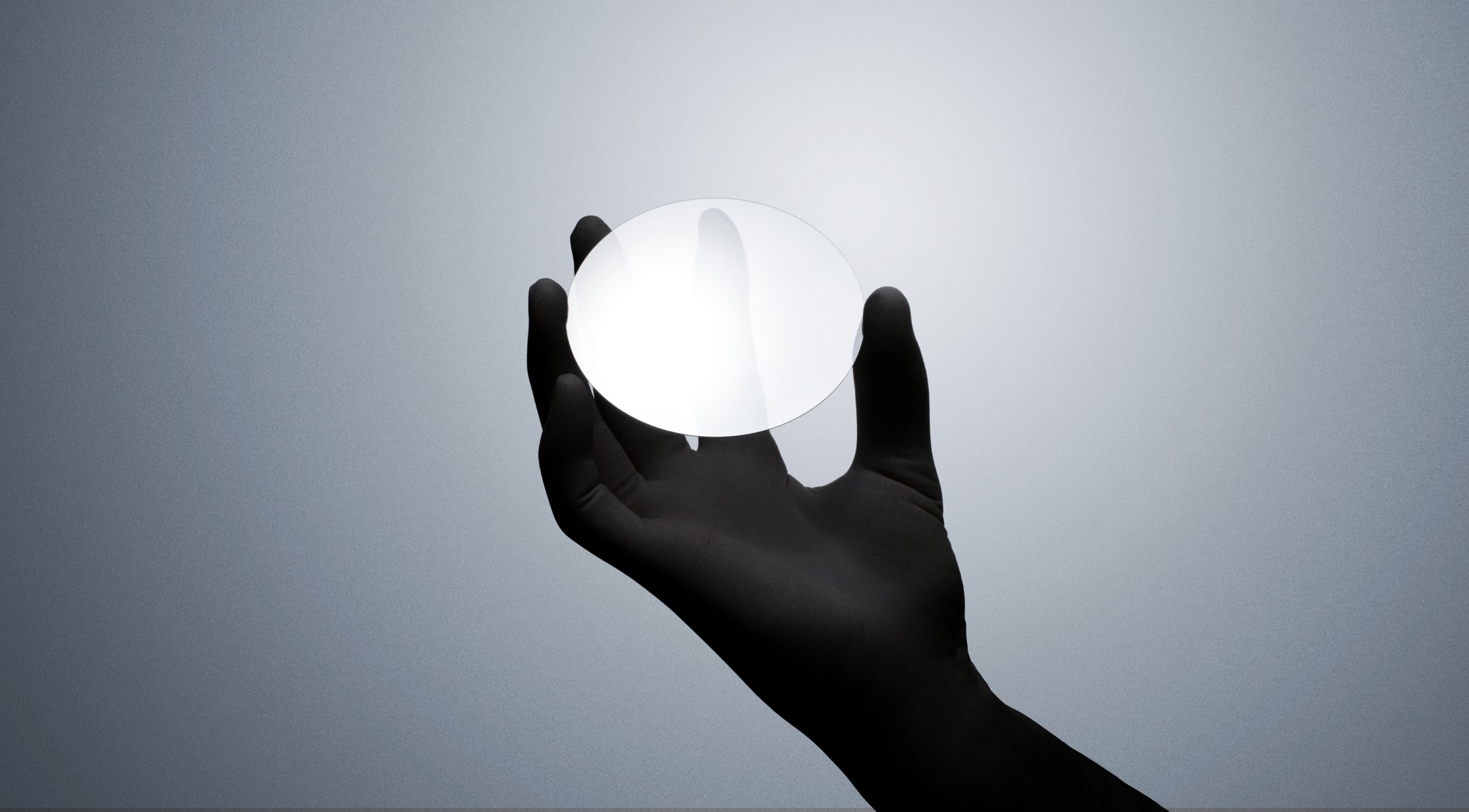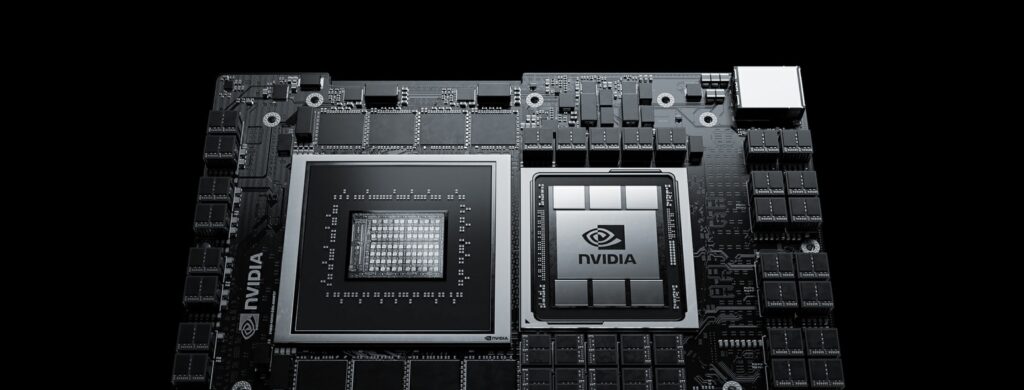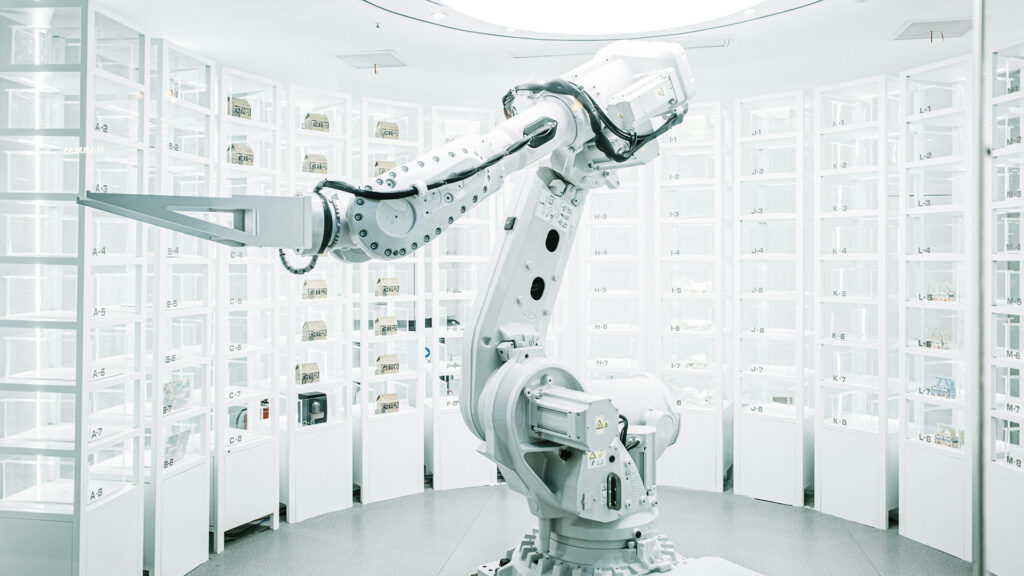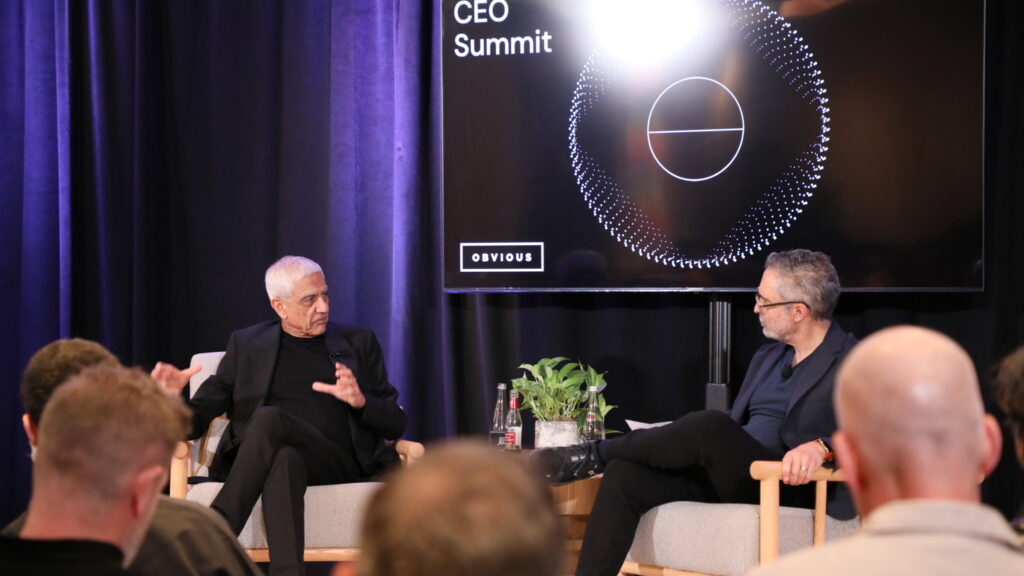Blinging Out Microprocessing
Emily Brady |

A little over a decade ago, in a warehouse in South San Francisco, a small team of cutting-edge engineers led by the technologist and entrepreneur Martin Roscheisen began running tens of thousands of physics experiments. Their goal was to create plasma as hot as the surface of the sun and use it to turn the greenhouse gas methane into a diamond.
Flash forward two years, they succeeded, and Diamond Foundry was born. Its diamonds were quickly transformed into fine jewelry that graced celebrities and consumers alike. Then, in 2023, Diamond Foundry created the world’s first single-crystal diamond wafer. This was a huge milestone, one that could have tremendous impact on accelerating semiconductors, which play a critical role in empowering the AI boom, electric vehicles, and wireless communication.

This giant leap was all part of Martin Roscheisen’s 30-year vision.
“Our master plan has always been to first introduce sustainable diamonds wherever mined diamonds have been able to go,” explains Roscheisen, Diamond Foundry’s co-founder and CEO. “Step two was to introduce single crystal diamond wafers to enable the most advanced technology.”
Hard carbon
Generative AI, what we call generative science, is heralding a new era of scientific discoveries. As engineers add more functions into the microchips that power this technology, more energy is required. The amount of computing power needed to power new AI models from one generation to the next is increasing tenfold on average.
This increased energy produces increased amounts of performance-limiting heat—lots of it. Silicon microchips become unreliable if they run any hotter than 221 degrees Fahrenheit. To escape the heat, other materials are being explored.
Enter the best heat conductor known to humanity: Diamond.
Diamonds are formed naturally deep within the earth’s mantle. At around 100 miles below the surface, temperatures are at least 2000 degrees Fahrenheit, and this heat and pressure can turn carbon into diamond crystals. These diamond crystals, the kind that are dug out of mines around the world, were brought to the earth’s surface by an ancient deep volcanic eruption.
So if natural diamonds exist, why grow them in a lab?

One reason is sustainability. Mined diamonds have a carbon footprint of about 170 kg per carat, compared to 8 kg or less for lab-grown stones. Diamond Foundry is zero-carbon. Another reason is ethics. Diamond mining tends to occur in places that have less oversight. A mined diamond can change hands up to 15 times before it reaches a consumer, making a diamond’s provenance difficult to ascertain.
Then there’s the price point. Lab-grown diamonds cost around 70% less than traditionally-minded ones due to the elimination of middlemen.
A diamond behind every chip
Diamond Foundry’s breakthrough single-crystal diamond wafer is 100 mm in diameter, with a weight of 110 carats, and is poised to disrupt the microchip industry. At less than 3 millimeters thick, it can be bonded atop a regular silicon microchip, enabling the heat produced by the chip to dissipate quickly. The result is that silicon and diamond-paired chips can run faster and longer, with reduced hot spots and at up to three times their usual speed.

“It’s the kind of advance that happens every couple of decades,” says Roscheisen. “The diamond wafer is a singular component that feeds innovation across industries. From making jewelry sustainable to fixing Moore’s law in AI and cloud compute.”
Diamond Foundry is currently in talks with defense contractors, electric vehicle makers, and most of the world’s biggest chip manufacturers. A new solar-powered factory in Trujillo, Spain, filled with plasma reactors that produce these diamond wafers, is on track to open in 2025.
From producing millions of carats of diamonds every year at mining scale to providing advanced chips for electric vehicles and quantum computing, the future looks sparkly for Diamond Foundry. And Roscheisen’s 30-year vision doesn’t stop there. There’s one more ambitious step on the horizon: diamonds as a semiconductor themselves.



